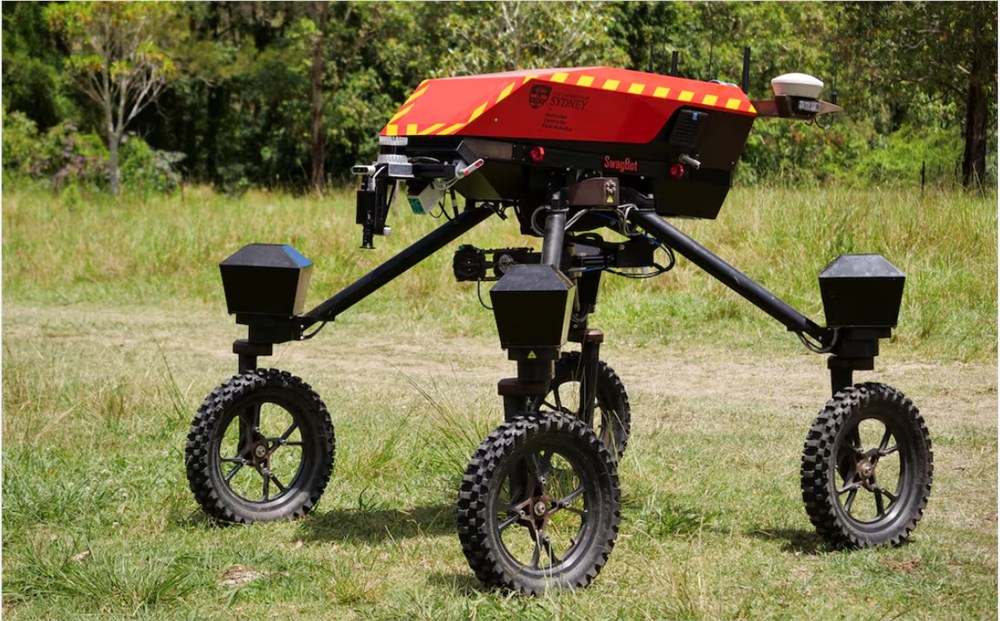Australia's livestock industry is facing dual challenges of efficiency and environmental protection. Traditional grazing methods cannot cope with the difficulties caused by the vast land and arid climate. To solve this problem, the University of Sydney has developed an autonomous robot called SwagBot, aiming to become the world's first "intelligent cow" and improve the efficiency and sustainability of animal husbandry. This robot can not only walk freely on rugged terrain, but also use advanced sensors, artificial intelligence and machine learning systems to accurately judge the condition of pasture, monitor livestock health, and autonomously guide cattle to the best pasture, effectively avoiding overgrazing and Soil degradation.
In the vast pastures of Australia, a special "herdsman" appeared. It has four wheels and a bright red coat. It is not an ordinary cow, but an autonomous robot called SwagBot developed by the University of Sydney. Researchers say SwagBot will be the world's first "intelligent cow" and is designed to make livestock farming more efficient and environmentally friendly.
SwagBot was originally launched in 2016 as a simple herding robot capable of walking over rough terrain. Today, it has been upgraded with sensors, artificial intelligence (AI) and machine learning systems, transforming it into a “super steward” on the ranch.

The battery-powered SwagBot can now accurately determine the health, type and density of forage and monitor livestock health. It uses this information to autonomously drive cattle to the best pastures and move them before the land becomes overgrazed and the soil degrades. In addition, it can feed data back to farmers to help them make more informed decisions.
“Once the cattle get used to the robot, they will follow it around,” said Salah Sukkarieh, professor of robotics and intelligent systems at the University of Sydney, whose team created SwagBot.
"We need to move the animals into parts of the pasture that are high in protein and carbohydrates, and we want to do this in a very fluid way without fences," he explains.
Australia is one of the world's largest beef exporters, with about 30 million cattle scattered across vast tracts of land that are often arid and of poor quality pasture. Farmers are constantly assessing how many animals their land can support, but many have no control over where animals graze within large, enclosed areas. Overgrazing reduces soil quality, reducing the space for plants and animals to live.
Erin O'Neill, a part-time farmer, attended a recent robot demonstration in a field north of Sydney. She said: “SwagBot allows us to assess our pastures in real time in a more detailed way. This allows us to understand which forages have the highest nutritional value, especially for pregnant cattle like ours who require higher quality forages. to help them through pregnancy.”
SwagBot is still in development and is part of a growing trend toward robotics in agriculture. In remote locations such as Australia where workers are difficult to hire, robots can increase productivity and reduce reliance on humans. The emergence of this "intelligent cow" not only brings new hope to the animal husbandry industry, but also indicates that future agriculture will be more intelligent and sustainable.
The successful application of SwagBot has not only brought innovation to Australia's livestock industry, but also provided new ideas for global agricultural modernization. I believe that more similar intelligent devices will appear in the future to help humans better manage resources and achieve sustainable development.